Scientists are rethinking how to implement automation for biologists to reduce costs, simplify adoption, and increase reproducibility.
Category: bioengineering – Page 45
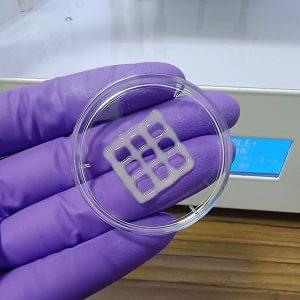
Mucus-based bioink could be used to Print and Grow Lung Tissue
#bioink could be used to #Print and #Grow #Lung #Tissue.
Researchers describe their success in creating a mucus-based bioink for 3D printing lung tissue. This advancement could one day help study and treat chronic lung conditions. scitechupdates.com/mucus-based-bi…
Lung diseases kill millions of people around the world each year. Treatment options are limited, and animal models for studying these illnesses and experimental medications are inadequate. Now, writing in ACS Applied Bio Materials, researchers describe their success in creating a mucus-based bioink for 3D printing lung tissue. This advancement could one day help study and treat chronic lung conditions.
While some people with lung diseases receive transplants, donor organs remain in short supply. As an alternative, medications and other treatments can be used to manage symptoms, but no cure is available for disorders such as chronic obstructive pulmonary disease and cystic fibrosis. Researchers continue to seek better medications, often relying on testing in rodents. But these animal models may only partially capture the complexities of pulmonary diseases in humans, and they might not accurately predict the safety and efficacy of new drugs.
Meanwhile, bioengineers are exploring the production of lung tissue in the lab, either as a more accurate model to study human lungs or as a potential material to use in implants. One technique involves 3D printing structures that mimic human tissue, but designing a suitable bioink to support cell growth remains challenging. So, Ashok Raichur and colleagues set out to overcome this obstacle.
Interview: The Emerging Ethics of Innovative Brain Research
Nervous system disorders are among the leading causes of death and disability globally.
As brain research advances, how should study participants be protected? Bioethicist Saskia Hendriks has some ideas.
Prof. Dr. Alan Widgerow — Division Chief, Center for Tissue Engineering, UC Irvine / CSO, Galderma
Innovation At The Frontiers Of Aesthetic And Regenerative Medicine — Prof. Dr. Alan Widgerow — Division Chief, Center for Tissue Engineering, UCIrvine — Chief Scientific Officer, Galderma.
Prof. Dr. Alan Widgerow, MBBCh, FCS, MMed, FACS, is Division Chief, Research, Center for Tissue Engineering (https://sites.uci.edu/ctelab/team/) and Adjunct Professor Plastic Surgery, Dept of Plastic Surgery, University of California, Irvine (https://faculty.uci.edu/profile/?facu…) and Chief Scientific Officer and Head of Skin Science Center of Innovation at Galderma (https://www.galderma.com/).
Prof. Widgerow is a plastic surgeon who ran a solo private practice in South Africa for over 20 years.
Prof. Widgerow completed his undergraduate and post-graduate studies at the University of the Witwatersrand, South Africa. He has held various positions in numerous academic and professional associations including that of President of the Association of Plastic and Reconstructive surgery of Southern Africa (APRSSA). He is author of over 190 plastic surgical related publications and 2 books. He was also the founder and medical director of 13 wound clinics in South Africa.
Prof. Widgerow relocated to Irvine California in Dec 2009 to pursue his interests in medical device innovations, cosmeceuticals and wound care, but he still plays an active role in academic medicine world-wide. In 2012 he was appointed to the Faculty of the University of California Irvine Plastic Surgery Dept as Full Adjunct Professor and Director of the Center for Tissue Engineering and in 2021 was appointed as its Division Chief of Research. He is involved in multiple projects related to adipose derived stem cell and adipose decellularized matrix, wound healing and transplantation. In 2018 he was awarded the Distinguished Faculty Mentor of the year Award by the Institute for Clinical and Translational Science, UCI.
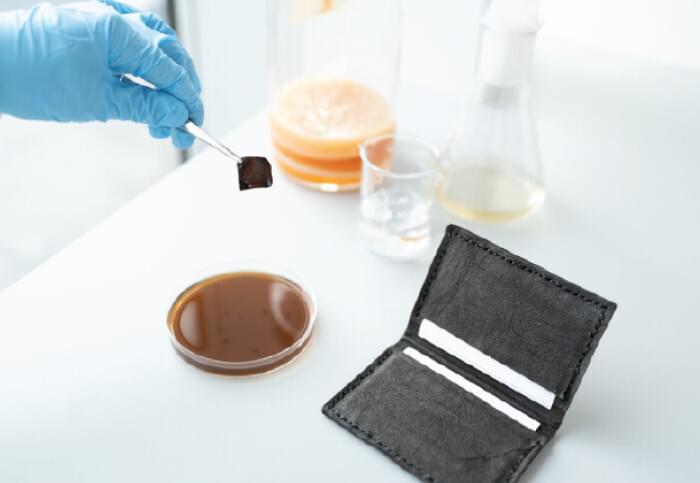
Plastic-free vegan leather that dyes itself grown from bacteria
Inventing a new, faster way to produce sustainable, self-dyed leather alternatives is a major achievement for synthetic biology and sustainable fashion. Professor Tom Ellis
Synthetic chemical dyeing is one of the most environmentally toxic processes in fashion, and black dyes – especially those used in colouring leather – are particularly harmful. The researchers at Imperial set out to use biology to solve this.
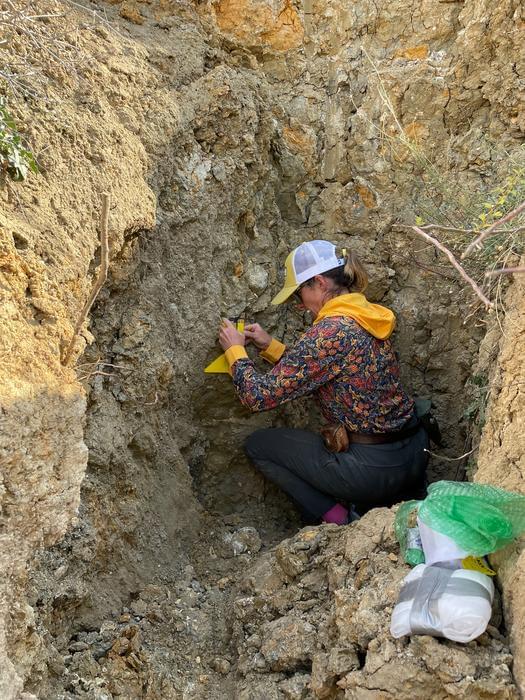
Strengthening Earthquake Hazard Models and Protecting Human Life
What can earthquake rupture zones teach us about earthquakes and how to predict them? This is what a five-year, $2.3 million grant awarded by the National Science Foundation’s (NSF) Frontier Research in Earth Sciences grant hopes to address as an international team of researchers have been tasked with analyzing samples obtained from the earthquake rupture zone at the Turkey-Syria border responsible for the devastating back-to-back earthquakes on February 6, 2023, that killed more than 50,000 people and registered 7.8-magnitude and 7.6-magnitude, respectively. This study holds the potential to help researchers better understand the geologic processes responsible for large-scale earthquakes and the steps we can take to mitigate damage and loss of life.
“This NSF-funded project will help us overcome limitations of previous, generalized characterizations of earthquake critical zones with more in-depth geologic data, seismic imaging studies, deformation experiments and modeling,” said Dr. Alexis Ault, who is an Associate Professor in the Department of Geosciences at Utah State University (USU), and the lead principal investigator on the project. “Combining expertise from varied engineering and geoscience disciplines, we aim to emerge with a more complete and accurate picture of earthquake critical zones in these settings.”
For the study, the researchers collected geologic samples from the Çardak-Yesilyurt Fault system that was responsible for the devastating 2023 quakes to better understand how pressure builds within the earthquake critical zone, or the region of the Earth’s crust that’s just beneath the surface. Additionally, they will compare these findings to samples obtained from the southern San Andreas fault in California from another grant to help build their data cache, as well. This research builds off a 2023 NSF-funded research trip to the region approximately six months after the devastating quakes occurred.
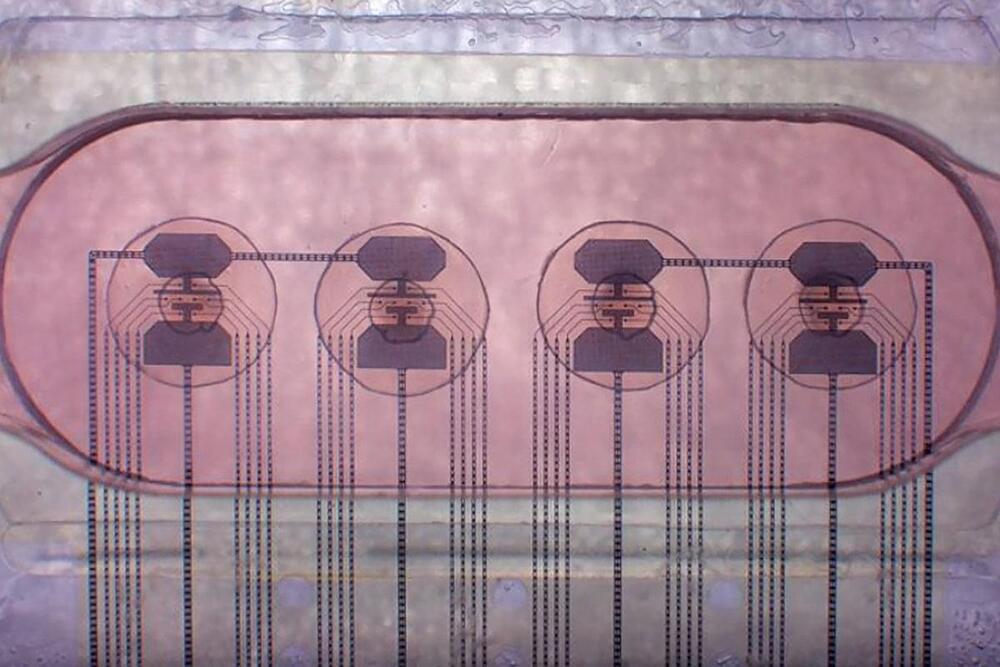
These Living Computers Are Made from Human Neurons
In the search for less energy-hungry artificial intelligence, some scientists are exploring living computers.
Artificial intelligence systems, even those as sophisticated as ChatGPT, depend on the same silicon-based hardware that has been the bedrock of computing since the 1950s. But what if computers could be molded from living biological matter? Some researchers in academia and the commercial sector, wary of AI’s ballooning demands for data storage and energy, are focusing on a growing field known as biocomputing. This approach uses synthetic biology, such as miniature clusters of lab-grown cells called organoids, to create computer architecture. Biocomputing pioneers include Swiss company FinalSpark, which earlier this year debuted its “Neuroplatform”—a computer platform powered by human-brain organoids—that scientists can rent over the Internet for $500 a month.
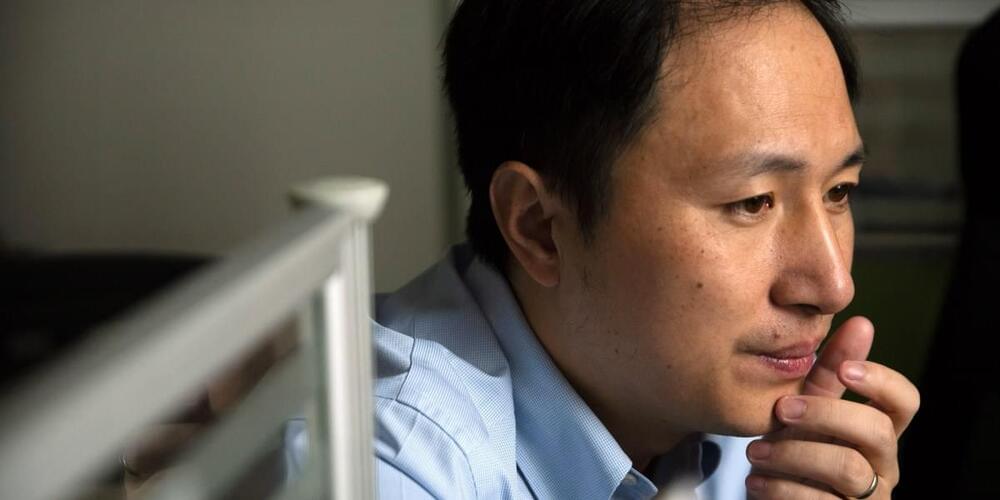
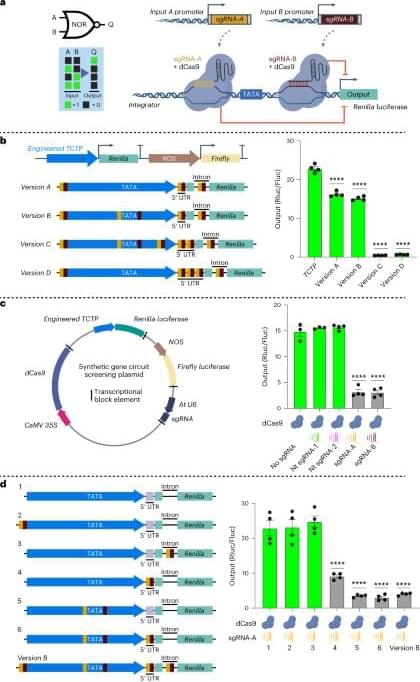
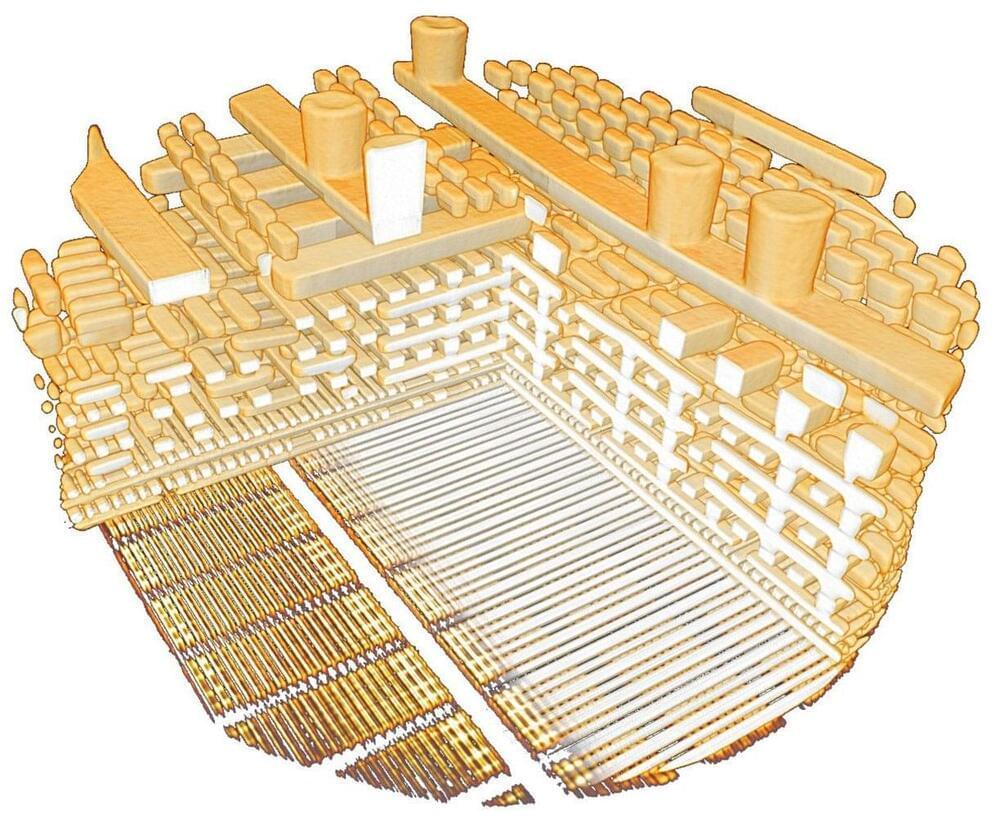
New X-ray world record: Looking inside a microchip with 4 nanometer precision
In a collaboration with EPFL Lausanne, ETH Zurich and the University of Southern California researchers at the Paul Scherrer Institute PSI have used X-rays to look inside a microchip with higher precision than ever before. The image resolution of 4 nanometers marks a new world record. The high-resolution three-dimensional images of the type they produced will enable advances in both information technology and the life sciences.
The researchers are reporting their findings in the current issue of the journal Nature (“High-performance 4 nm resolution X-ray tomography using burst ptychography”).
View inside a state-of-the-art computer chip. Their newly developed ptychographic technique allowed the researchers to map the three-dimensional structure of this engineering marvel. The picture shows the different layers that make up the microchip. The coarser structures can be seen at the top. The microchip becomes increasingly complex as you move down through the layers – making the connections there visible requires a resolution of just a few nanometers. (Image: Tomas Aidukas, Paul Scherrer Institute)